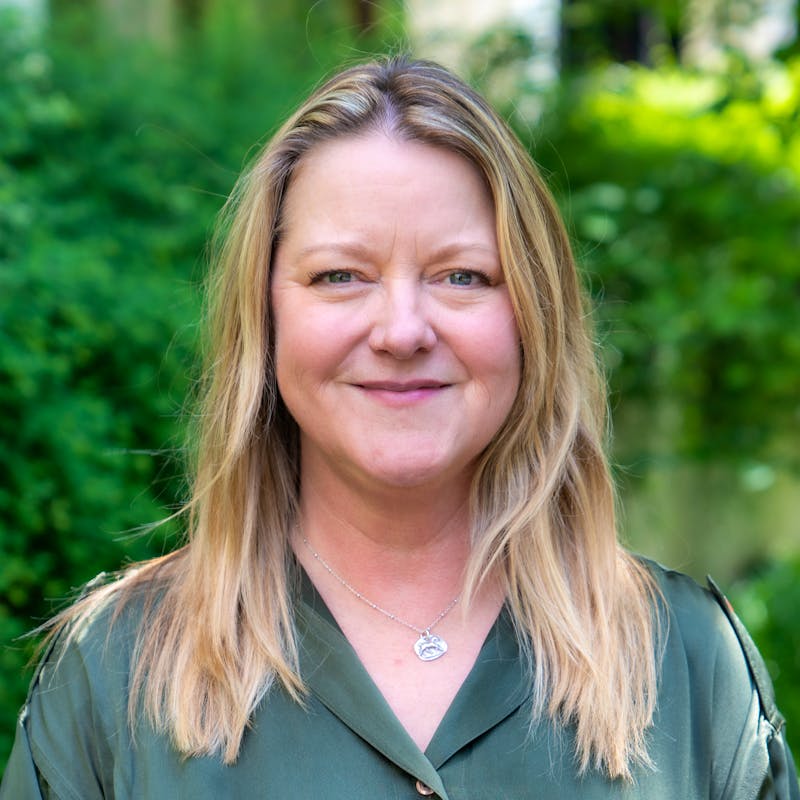The Road to Conserving Native Plains Wildlife
Fieldwork allows me up-close access to wildlife, but it is equally rewarding to meet with the partners in our recovery community. Every January, over 50 agency personnel and conservationists come together in Fort Collins, Colorado to discuss our activities, share data and coordinate and plan for the next field season. Our focus at this meeting is on the recovery of one of the most endangered species in North America: the black-footed ferret.
Prior to the 1800s, black-footed ferrets numbered in the tens of thousands but were brought to the brink of extinction due to widespread human destruction of their prairie-dog-colony habitat and the arrival of exotic diseases, including sylvatic plague in the 1900s. Before these ferrets were listed under the Endangered Species Act in January 1974, the U.S. government viewed prairie dogs as a pest and paid for the widespread poisoning of their colonies.
Today, federal and state wildlife agencies and nongovernmental organizations, including Defenders of Wildlife, are protecting prairie dog habitat to support grasslands where ferret recovery sites have been established. Currently, there are 15 active black-footed ferret recovery sites in seven states. Four of these sites are on Tribal lands. Combined there are about 400 ferrets in wild populations and about 300 in the captive breeding program under the U.S. Fish and Wildlife Service in partnership with zoos across the country.
The FWS is the lead agency for the Black-footed Ferret Recovery Plan and funds for many related conservation activities for which leaders like John Hughes provide oversight. The agency does not act as the sole agent, however, as representatives from state and other federal agencies, tribal nations, nongovernmental organizations, as well as Canada and Mexico are also closely involved. Together, this diverse group of recovery experts are known as the Black-footed Ferret Conservation Subcommittee. This team is responsible for carrying out on-the-ground recovery efforts, including documenting ferret populations while addressing threats to their habitat.
Our collective work is on display at our annual meeting. Members provide recovery site updates, and we hear from biologists about studies on plague and new tools to keep prairie dogs and ferrets protected. We also identify gaps in funding and knowledge needed to make a difference on the ground. This is particularly true for prairie dog conservation and keeping sylvatic plague at bay. In our experience when plague erupts on a prairie dog town, ferrets can quickly “blink out.”
Thankfully, we have experts within our community working to combat plague. Dean Biggins and David Eads of the U.S. Geological Survey, along with other experts, have long studied the fleas that spread plague and present their findings at our Conservation Subcommittee meeting. FWS biologist and Conservation Subcommittee member Randy Matchett even invented an edible bait for prairie dogs to keep them protected against plague.
To achieve recovery, we really work as one community. Defenders is one of the major nongovernment organizations and we present our fieldwork at every Conservation Subcommittee meeting. We have provided over a decade of on-the-ground work and support to individual ferret sites including Conata Basin-and Buffalo Gap National Grasslands-Badlands National Park in South Dakota, Fort Belknap and Crow Indian Reservations in Montana, and the Haverfield family’s private lands site in Kansas.
A new element at this year’s meeting was a private lands panel. A handful of private landowners have dedicated their lands to ferret recovery, providing a site where wild ferret kits can be born. It’s landowners, like the Haverfields, who help with coexistence strategies by managing prairie dogs along with their cattle ranching operations.
The private landowner panel included the Haverfields who shared how Logan County used an old state law for eminent domain to access their land to poison prairie dogs. Lethal control of this keystone species coupled with sylvatic plague makes conserving prairie dogs a continued challenge.
This diverse group of partners have worked for nearly two decades to protect thousands of acres of prairie dog colonies. The research, planning and documentation may seem like slow and mundane work, but it’s all necessary to give native plains wildlife, like the ferrets, the best chance at recovery. The success of the Conservation Subcommittee depends on the accomplishments of each individual member of our community of experts. We rely on each other and work together to save the real star of our recovery program: the black-footed ferret.
This blog is part of our monthly blog series, The Road to Conserving Native Plains Wildlife. Missed the last one? Read it here. Be sure to check back at the end of February for the next story.















Follow Defenders of Wildlife
facebook bluesky twitter instagram youtube tiktok threads linkedin